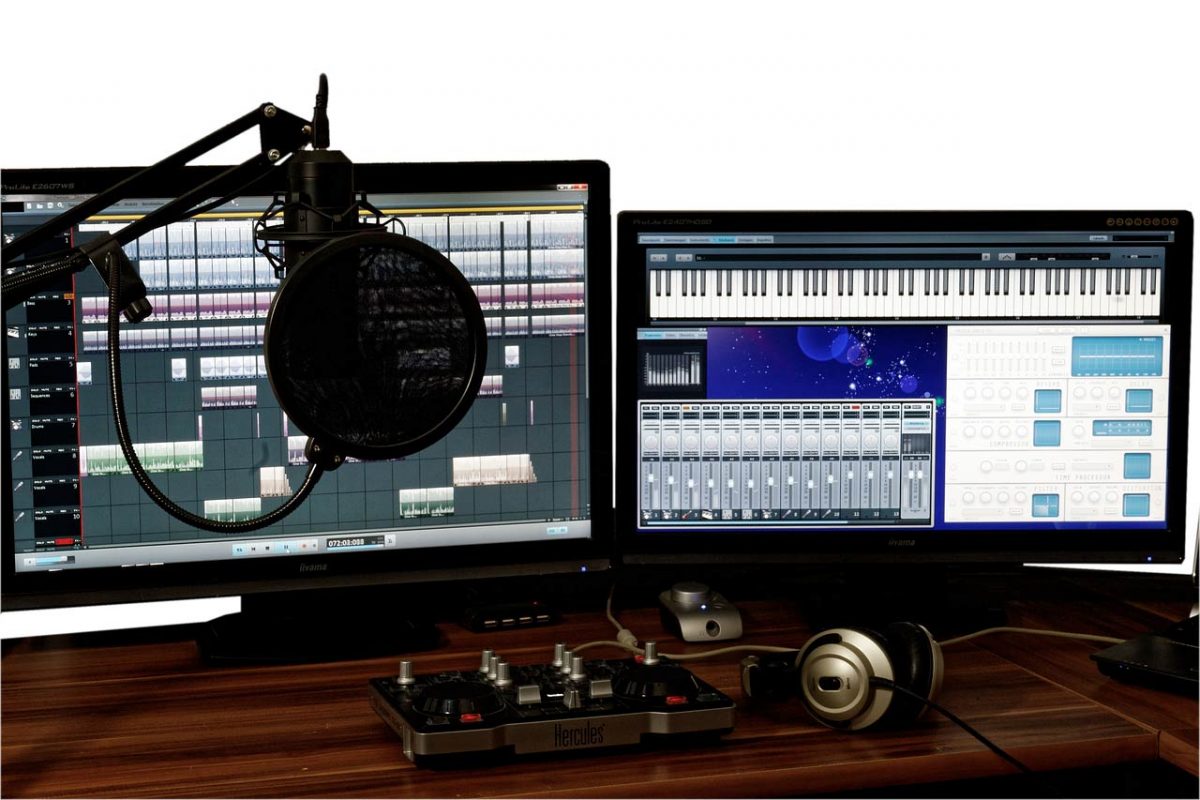In this quick tutorial with screen-shots, you’re going to learn how to equalize Indian instrumental loops to get your tracks sounding polished like the professionals. These starting point settings are commonly used by Bollywood and Punjabi music producers.
But first: The EQ tips you’re going to learn involves techniques referred to as HIGH PASS and LOW PASS.
What is high pass in mixing?
A high-pass filter is a simple, but effective EQ curve that removes unwanted low frequencies. Like most mixing engineers, we use them at many points in our mixes to clean up muddy signals and tighten up arrangements.
Simply put: High Pass (also referred to as low cut filter) removes (cuts) low frequencies.
Most parametric EQ plugins come with high pass and low pass filters built-in. They’re a great place to start with some corrective EQing to free up some space in your mix. Let’s get started.
Frequency starting points Per Indian Instrument
Using this guide is simple. Follow along with the screen-shots provided. The sounds in your mix will always have their own characteristics. So use these settings as a jumping off point, but always use your mix as the true reference for applying EQ.
Load up your project and follow the guides below. More instruments will be added to this list. Check back regularly.
Dhol
Step 1: Fire up your EQ plugin. HIGH PASS up to around 73hz and LOW PASS at around 18hz
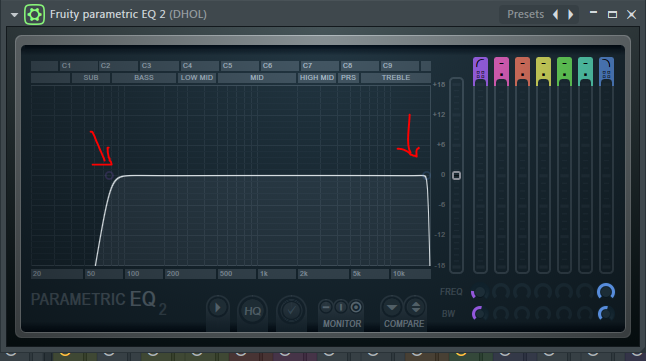
Step 2: Add a second EQ plugin and apply the following. These settings are being used on loops from our dhol sample packs
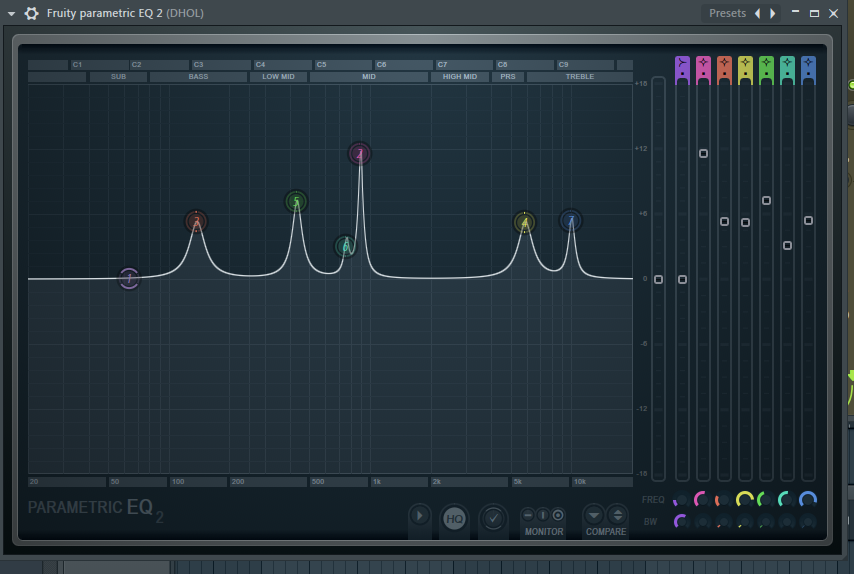
TUMBI
Follow the reference points shown below. Settings are being used on loops from our packs of tumbi

TABLA
Step 1: This will be the first EQ insert on your tabla channel. Apply the following:
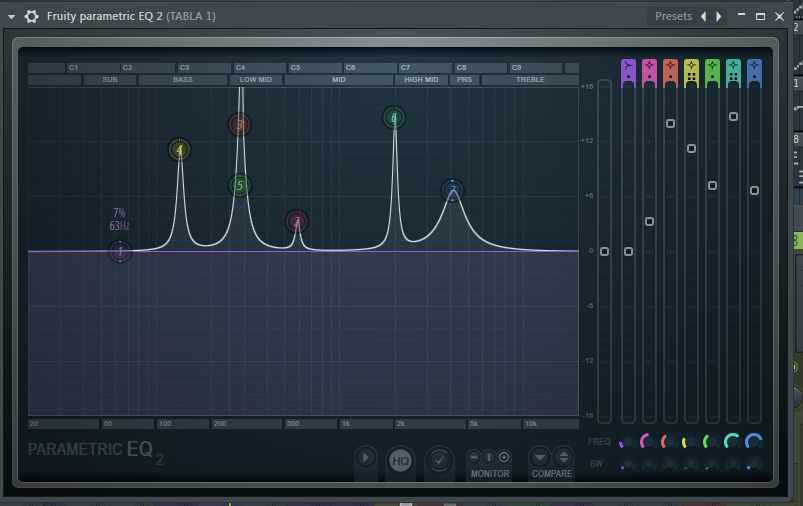
Step 2: Add a second EQ plugin below the first plugin in the previous step.
HIGH PASS up to around 103hz and LOW PASS at around 12hz
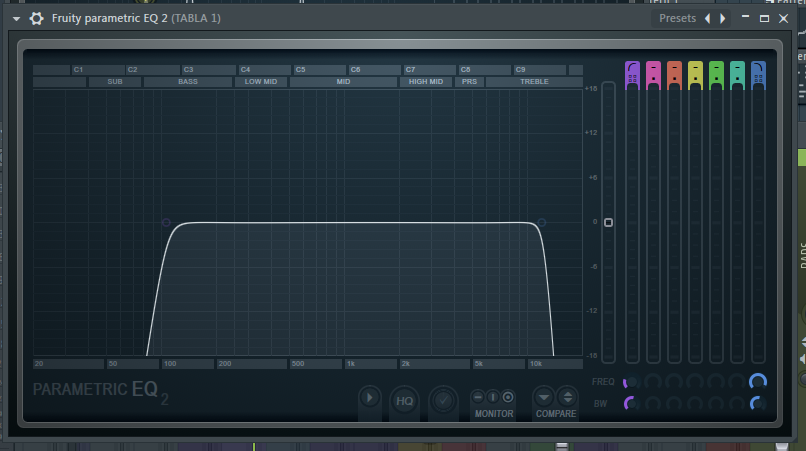
Hope you enjoyed how we treat Indian instruments in the mix using EQ.
How do you treat your Indian sounds?

